Rising Demand in Water Treatment
The Ion Exchange Resins Market is experiencing a notable surge in demand, primarily driven by the increasing need for effective water treatment solutions. As water scarcity and pollution concerns escalate, industries are seeking advanced technologies to purify water. Ion exchange resins play a crucial role in removing contaminants, heavy metals, and ions from water, making it suitable for consumption and industrial use. According to recent data, the water treatment segment is projected to account for a significant share of the market, with a compound annual growth rate of approximately 6% over the next few years. This trend indicates a robust growth trajectory for the Ion Exchange Resins Market, as municipalities and industries invest in sustainable water management practices.
Increasing Environmental Regulations
The Ion Exchange Resins Market is significantly influenced by the increasing environmental regulations aimed at reducing pollution and promoting sustainable practices. Governments and regulatory bodies are implementing stringent guidelines for wastewater treatment and discharge, compelling industries to adopt effective water treatment solutions. Ion exchange resins are recognized for their efficiency in removing harmful contaminants from wastewater, thus ensuring compliance with environmental standards. This regulatory pressure is expected to drive the demand for ion exchange resins, particularly in sectors such as manufacturing, energy, and municipal water treatment. The market is likely to experience a growth rate of approximately 6% as industries invest in technologies that align with environmental regulations, thereby enhancing the Ion Exchange Resins Market.
Expansion in Food and Beverage Sector
The Ion Exchange Resins Market is benefiting from the expansion of the food and beverage sector, where the demand for high-quality water and ingredient purification is critical. As consumer preferences shift towards healthier and safer food products, manufacturers are increasingly adopting ion exchange resins to ensure the removal of unwanted ions and contaminants from water and ingredients. This trend is particularly evident in the production of soft drinks, juices, and dairy products, where water quality directly impacts product safety and taste. The food and beverage industry is projected to grow at a rate of approximately 4% annually, further driving the demand for ion exchange resins. This growth underscores the vital role of the Ion Exchange Resins Market in supporting food safety and quality.
Growth in Pharmaceutical Applications
The Ion Exchange Resins Market is witnessing substantial growth in pharmaceutical applications, where the need for high-purity water and precise ion control is paramount. Pharmaceutical manufacturers require stringent quality standards for water used in drug formulation and production processes. Ion exchange resins are essential in achieving the desired purity levels by effectively removing impurities and ensuring compliance with regulatory standards. The pharmaceutical sector is expected to contribute significantly to the market, with an estimated growth rate of around 5% annually. This growth is indicative of the increasing reliance on ion exchange technology to meet the evolving demands of the pharmaceutical industry, thereby bolstering the Ion Exchange Resins Market.
Technological Innovations in Resin Production
The Ion Exchange Resins Market is poised for growth due to ongoing technological innovations in resin production. Advances in polymer chemistry and manufacturing processes are leading to the development of more efficient and durable ion exchange resins. These innovations enhance the performance of resins in various applications, including water treatment, pharmaceuticals, and food processing. The introduction of new resin formulations that offer improved selectivity and regeneration capabilities is likely to attract more industries to adopt ion exchange technology. As a result, the market is expected to witness a compound annual growth rate of around 5% over the next few years, driven by the increasing adoption of advanced resin technologies within the Ion Exchange Resins Market.
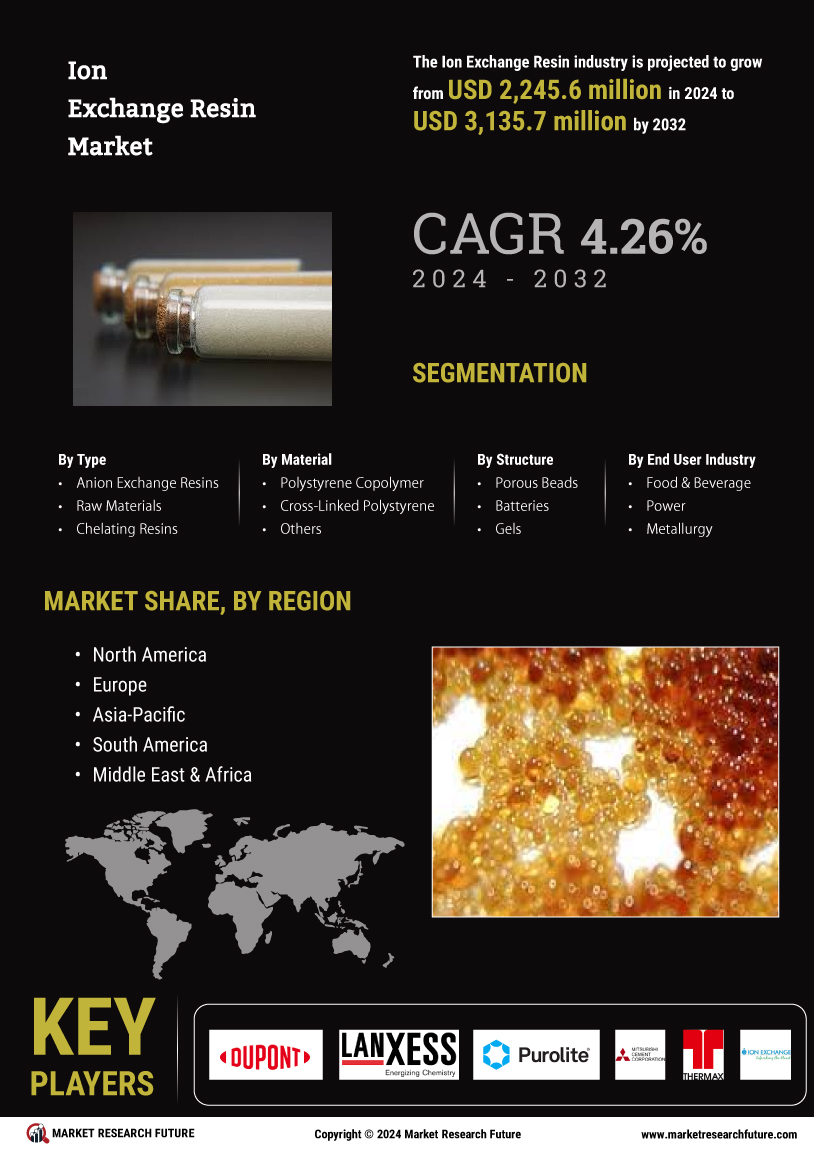

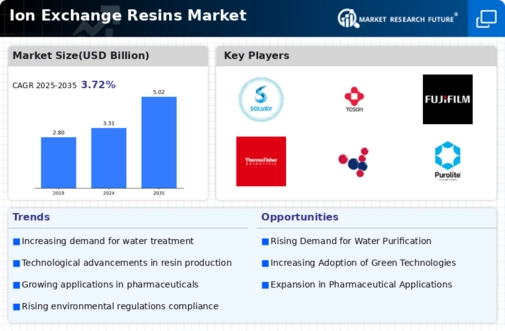
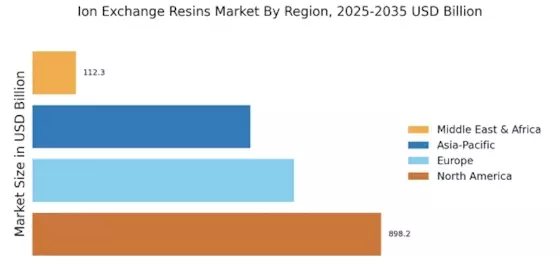


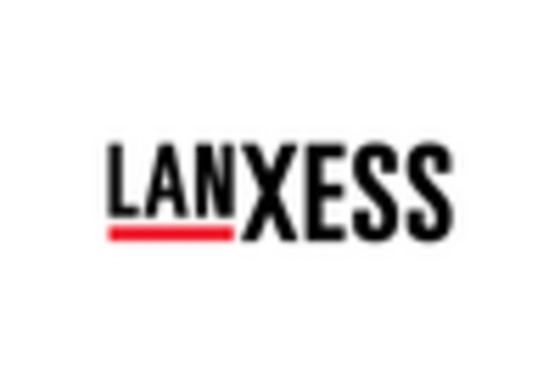

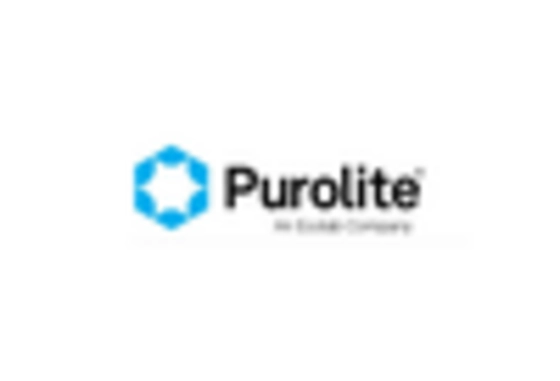









Leave a Comment